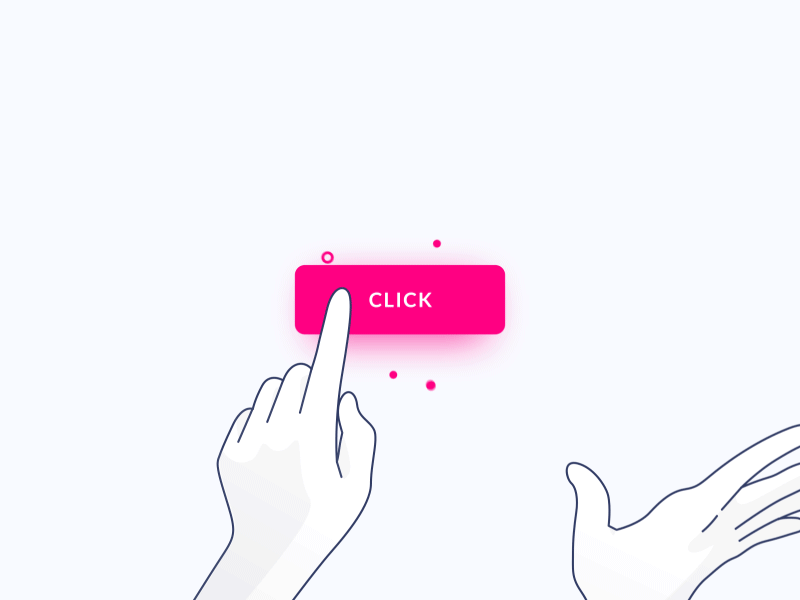UX button microcopy is often a call-to-action that tells users what action they will complete if they click the button. Strong CTA microcopy has to catch users’ attention quickly and lead them right to the action. For a more effective call-to-action, keep the number of words at minimum. A few appropriately chosen words are much more effective than a long descriptive phrase.
In addition, using action verbs and phrases like “Add to Cart” or “Submit” in CTA microcopy can help you give. And with buttons conversion and clicks are all that matter. The user will click ‘tab’ to move around the site, from one navigational link to the next.
Another example of a focus state is when you click on an input field. If you were to start typing, only that input field — not another — would start populating. Being clicked or tappe plus button enables a user to add some new content to the system. Sometimes, tapping this button, users are directly transferred to the modal window.
It’s a transparent element activated upon hovering over it. However, they are not so progressive as they may seem: placing the pointer over an image or video with no proper contrast can make it unclear that a button is there. As a result, it may impact the conversions expected by clicking these buttons. Therefore, we suggest.
When users click or tap on the button, they expect that the user interface will respond with appropriate feedback. Based on the type of operation, this might be either visual or audio feedback. When users don’t have any feedback, they might consider that the system didn’t receive their command and will repeat the action. Such behavior often causes multiple unnecessary operations.
Six people mistakenly clicked on the “Cancel” button when attempting the task with this design, while many more lingered over it before realizing that they were about to make a mistake. L’événement Click est déclenché lorsque l’utilisateur clique sur le contrôle Button.

If you want your users to click ‘save’ to implement the option If you are in a settings page, or in a place where you want to allow the user to umm and err about their options before they click the big green save button - rather use radio buttons (or checkboxes). The proper labelling of buttons and links in the DOM is important to users who don’t have the same visual context.
Please don’t purposely style your links as buttons or vice versa. It can be confusing. Also ideal for alerts and notifications. Button clicks with a bit of motion or whoosh to them.
Length: Loop: Soundbox: Demo: Price: Cart: motion click :01: $1. The ‘View Full Profile’ button is the one button that LinkedIn want you to click above everything else. When you do so, you’ll be prompted to create an account and this is what they want you to do. The button on LinkedIn page has a unique color that isn’t shared with any other part of the design.

On a page with lots of information, this. For example, you should prevent a situation like this where it’s really difficult to see the correct radio button to click for option four.

Bad: Horizontal radio buttons Good horizontal radio buttons can be found in Duolingo app: they’ve used a classic horizontal radio buttons, but made the targets visually distinguishable and large enough for touch-enabled devices. Every button (classic or modern one like ghost button ) is meant to direct users into taking the action you want them to take.
Button UX design is always about recognition and clarity. My assumption (until proven in testing) is that users would not attempt to click the first option because it currently looks disabled and they are used to exactly that look for disabled controls elsewhere. With a toggle like this, the currently selected option can’t be selected a second time – essentially making the button act like a disabled button.
So this would lead me to expect that. IsmaelMiguel I am going to track clicks on the button and change button. I will save review of the feedback page for another question. It’s difficult to see the correct radio button to click for option four Current state for toggle state should be outside the control.
When design toggles you should avoid state-action ambiguity. Take a look at the iOS switch design in the example below and think about the states.

Aucun commentaire:
Enregistrer un commentaire
Remarque : Seul un membre de ce blog est autorisé à enregistrer un commentaire.